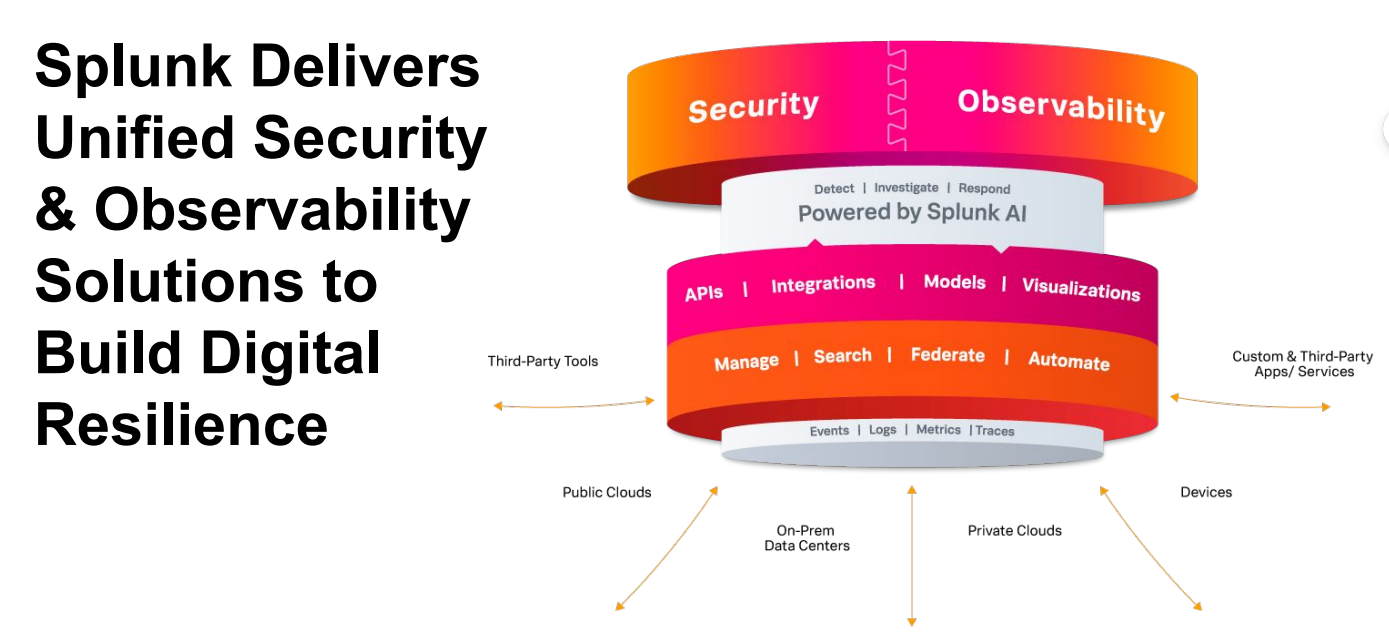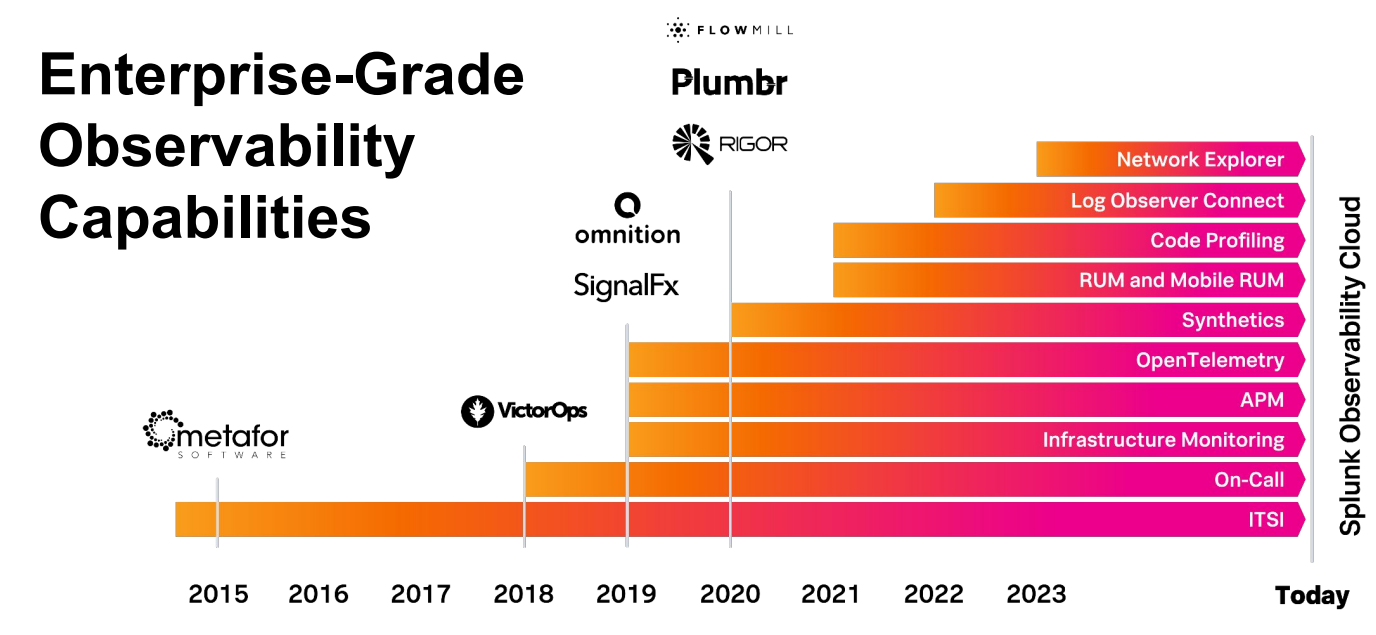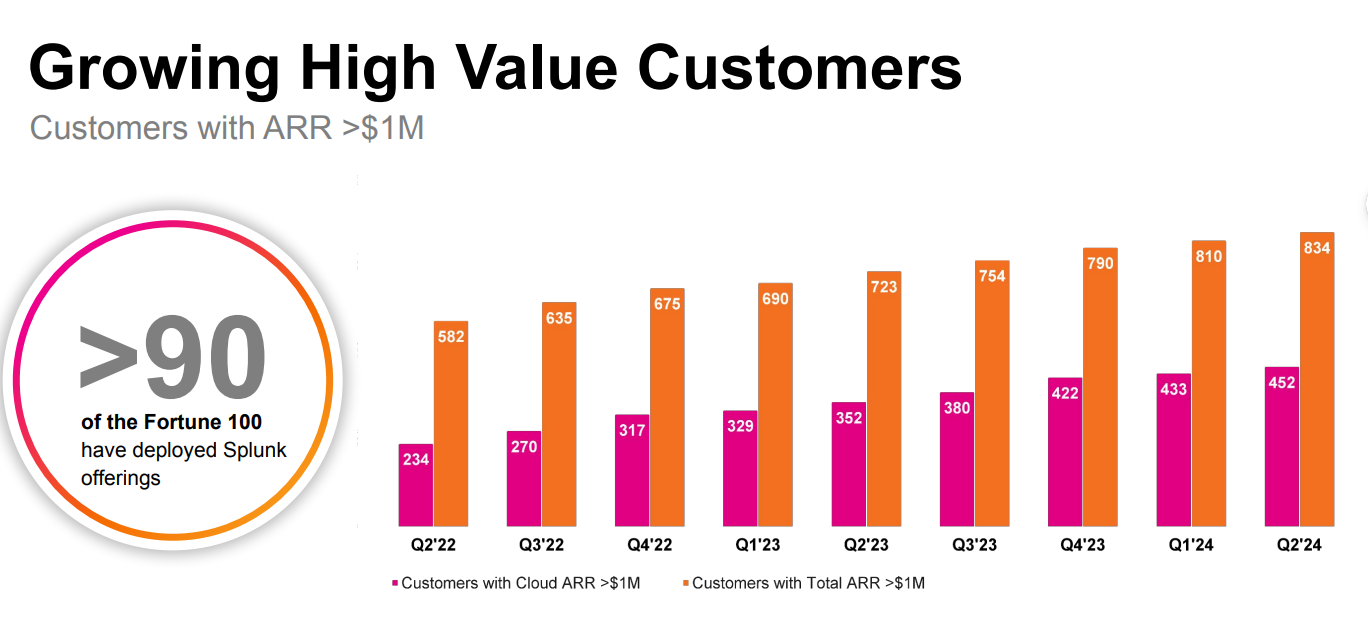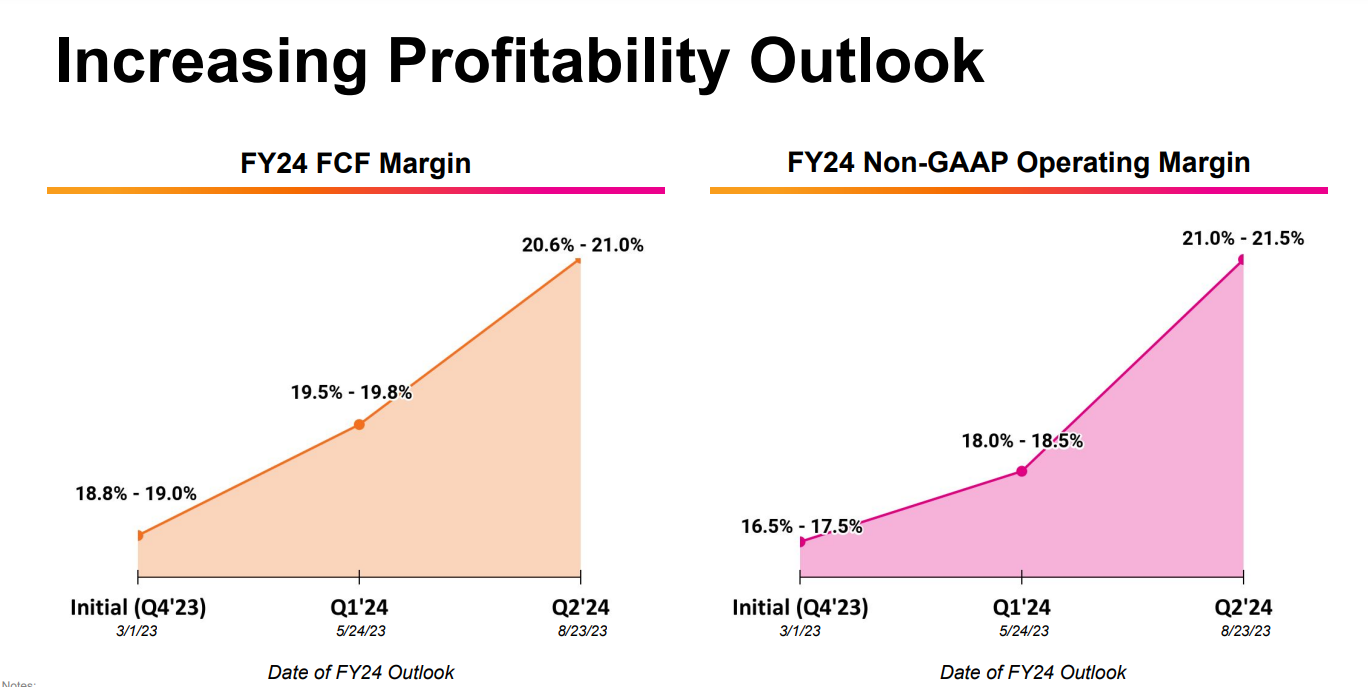Why is Splunk been acquired?
$Cisco(CSCO)$ announced on Thursday its agreement to acquire the cybersecurity company $Splunk(SPLK)$ for $28 billion, or $157 per share. Splunk's stock rose by 21% to $144, with the remaining $13 attributed to the uncertainty of the acquisition. If successful, the deal is expected to conclude in the third quarter of 2024.
Splunk is a US software company founded in 2003, primarily providing data analysis and visualization solutions to help enterprises extract valuable information from massive datasets. Additionally, it assists in monitoring network security events and conducting threat detection and response, making it relevant in the field of cybersecurity.
Why Splunk?
Splunk was one of the early companies to enter the cloud business. It's key products include:
- Splunk Enterprise: The core product for data collection, indexing, and searching.
- Splunk Cloud: A cloud-based version offering the same functionalities as Splunk Enterprise.
- Splunk Light: A lightweight version designed for small to medium-sized businesses.
- Splunk IT Service Intelligence: A solution for monitoring IT service health and performance.
- Splunk User Behavior Analytics: A solution for detecting and responding to internal security threats.
Splunk has a history of expanding its business through acquisitions.
September 2013, the company acquired mobile device data analytics firm BugSense.
December 2013, Splunk acquired network data capture technology provider Cloudmeter.
June 2015, it acquired software company Metafor, which uses machine learning to analyze IT infrastructure and application-generated data.
July 2015, Splunk purchased the cybersecurity startup Caspida for $190 million.
May 2017, it acquired software company Drastin, known for providing search-based analytics for enterprises.
September 2017, Splunk acquired SignalSense, which offers cloud-based data collection and vulnerability detection software, beginning to use machine learning.
October 2017, Splunk acquired technology and intellectual property from smaller competitor Rocana.
April 9, 2018, Splunk acquired Phantom Cyber Corporation for approximately $350 million.
June 11, 2018, Splunk announced the acquisition of DevOps incident management startup VictorOps for $120 million.
July 2018, Splunk acquired industrial IoT and analytics SaaS company KryptonCloud.
October 2019, Splunk acquired cloud monitoring company SignalFx for $1.05 billion. Two weeks later, on September 4, 2019, Splunk acquired early-stage distributed tracing startup Omnition for an undisclosed amount.
It appears that Cisco's acquisition of Splunk is equivalent to gaining a significant number of previously acquired companies.
In the just-concluded Q2 financial report, both its revenue and profit margins performed well, surpassing market consensus expectations and achieving growth in total ARR, revenue, and profitability. These results highlight the company's outstanding performance in dealing with the still uncertain macroeconomic environment.
At the same time, the management pointed out that although the current market environment for network cloud security is similar to last year, with ongoing fluctuations including cloud migration and transaction reviews, the company's GTM team is now more effectively addressing these headwinds.
Advantages of Splunk
Splunk may quickly surpass cloud transformation. A portion of Splunk's revenue comes from its transformation into billable revenue sources, which has put pressure on revenue in the short term. If more revenue becomes billable and the model transformation happens faster than expected, Splunk may enjoy more favorable growth rates, which could boost its stock price.
Investments in Observability may expand market share. Splunk has been actively building its observability capabilities through internal development and acquisitions. These investments are aimed at a large and growing market, which may lead to accelerated revenue growth, increased market share, deeper penetration among existing customers, and improved customer retention rates.
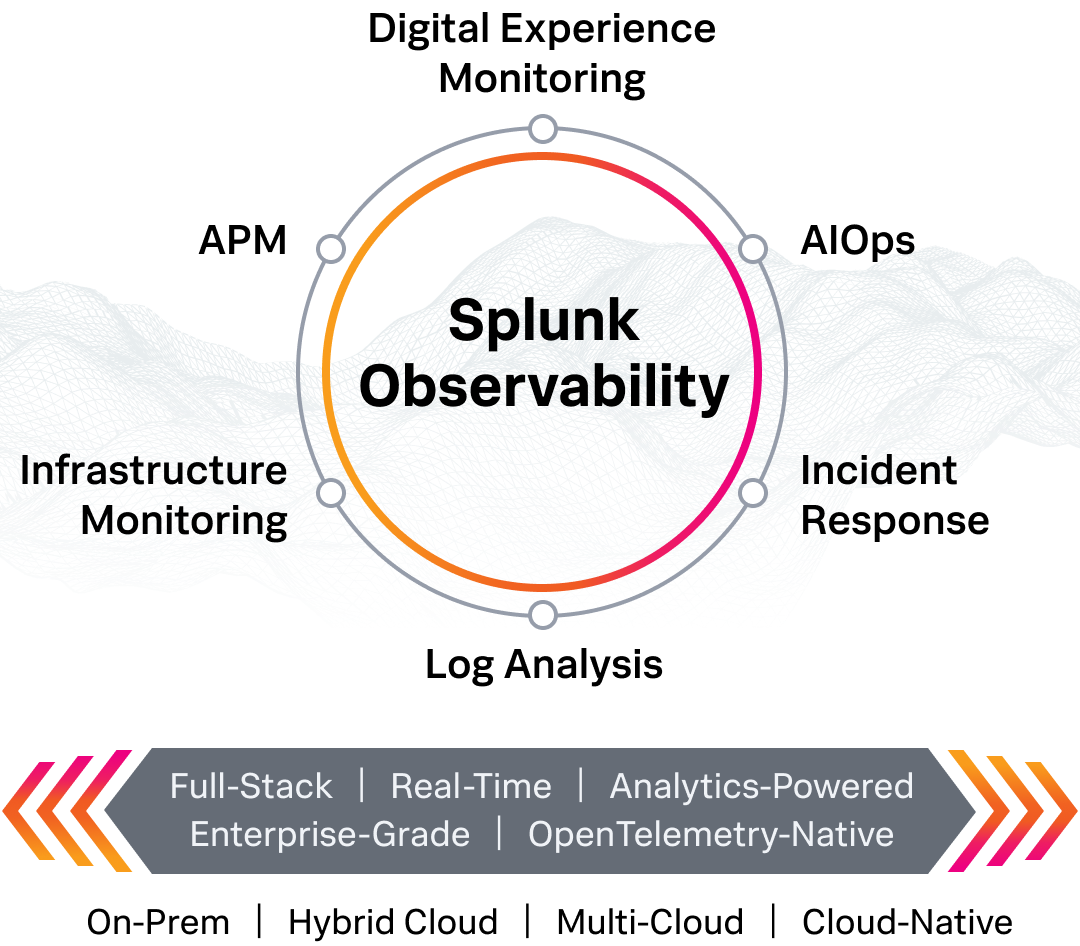
Disclaimer: Investing carries risk. This is not financial advice. The above content should not be regarded as an offer, recommendation, or solicitation on acquiring or disposing of any financial products, any associated discussions, comments, or posts by author or other users should not be considered as such either. It is solely for general information purpose only, which does not consider your own investment objectives, financial situations or needs. TTM assumes no responsibility or warranty for the accuracy and completeness of the information, investors should do their own research and may seek professional advice before investing.


